For decades, archaeologists and paleoanthropologists have turned to an unexpected source to reconstruct the dietary habits of our ancient ancestors: the contents of fossilized stomachs and preserved gut remains. Known as paleofecal analysis or coprolite studies, this field has revolutionized our understanding of prehistoric nutrition, revealing surprising complexities in early human diets that challenge long-held assumptions about primitive food consumption.
The study of ancient stomach contents and fossilized feces may seem unglamorous, but these biological time capsules contain remarkably well-preserved evidence of meals consumed thousands of years ago. Through microscopic analysis and advanced biochemical techniques, researchers can identify plant microfossils, animal proteins, starch grains, and even DNA fragments that reveal precisely what our ancestors ate. These findings paint a far more nuanced picture of prehistoric cuisine than the stereotypical image of cavemen gnawing on mammoth bones.
Contrary to popular belief, many ancient human populations maintained diverse, seasonally varied diets that included sophisticated food processing techniques. Analysis of Neanderthal dental calculus, for instance, has uncovered evidence of cooked grains and medicinal plants, while coprolites from North American archaic humans show consumption of desert plants, small mammals, and even freshwater mollusks. The emerging picture suggests that early humans were opportunistic omnivores who adapted their eating habits to local environments with remarkable flexibility.
One of the most significant discoveries from gut content analysis is the early use of cooking and food processing. Starch granules found in dental calculus from 30,000-year-old human remains show damage patterns consistent with heating, proving that cooking technology predates the advent of agriculture by tens of thousands of years. Similarly, microscopic wear patterns on ancient teeth combined with residue analysis demonstrate that various grinding and crushing techniques were used to process tough plant materials long before the development of formal tools for this purpose.
The chemical composition of ancient gut contents has also revealed unexpected nutritional strategies. Isotopic analysis of bone collagen and stomach contents shows that some Paleolithic populations relied heavily on aquatic resources, while others developed specialized hunting techniques for particular game animals. In coastal regions, evidence points to year-round exploitation of marine resources, challenging the notion that early humans were primarily terrestrial hunters. Meanwhile, at certain inland sites, researchers have found surprising evidence of plant cultivation and selective harvesting practices that predate formal agriculture by millennia.
Perhaps most surprisingly, paleofecal analysis has uncovered evidence of prehistoric "junk food" consumption. At several archaeological sites, researchers have identified large quantities of certain easily collected but nutritionally poor foods - such as wild grass seeds or particular types of nuts - that appear to have been dietary staples during lean periods. This suggests that ancient humans, much like modern ones, sometimes prioritized calorie availability over nutritional quality when food was scarce.
The study of ancient gut contents continues to transform our understanding of human evolution. By analyzing what our ancestors actually consumed rather than making assumptions based on tool remains or animal bones at archaeological sites, scientists are developing a more accurate picture of prehistoric life. These findings have important implications for modern nutrition science, suggesting that the so-called "Paleolithic diet" promoted by some health enthusiasts may bear little resemblance to the varied, adaptable eating patterns of our ancient predecessors.
As analytical techniques become more sophisticated, researchers are now able to detect increasingly subtle traces of ancient meals. New methods in proteomics and DNA analysis allow identification of specific plant and animal species consumed, while advanced microscopy can reveal how foods were prepared. These technological advances promise to further illuminate the complex relationship between diet, environment, and human evolution, providing insights that could help address modern nutritional challenges while deepening our understanding of our species' remarkable adaptability.

By /Jul 14, 2025

By /Jul 14, 2025

By /Jul 14, 2025

By /Jul 14, 2025

By /Jul 14, 2025

By /Jul 14, 2025

By /Jul 14, 2025
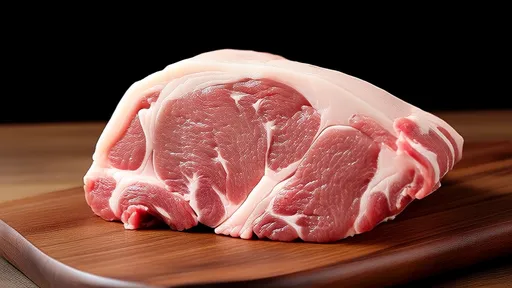
By /Jul 14, 2025
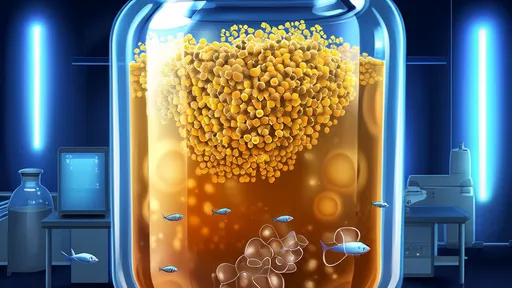
By /Jul 14, 2025
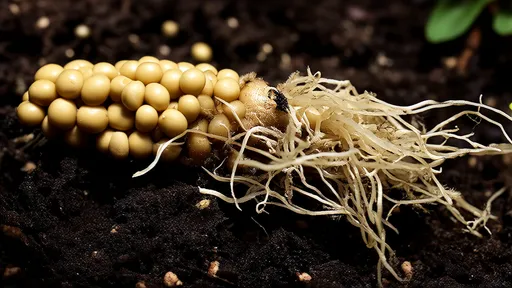
By /Jul 14, 2025

By /Jul 14, 2025

By /Jul 14, 2025
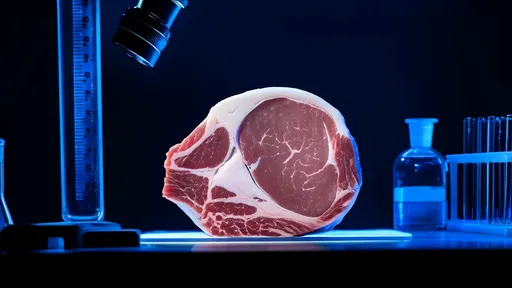
By /Jul 14, 2025

By /Jul 14, 2025

By /Jul 14, 2025
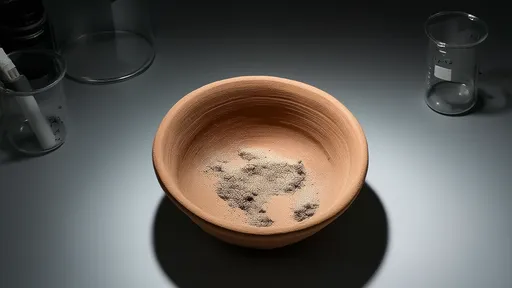
By /Jul 14, 2025
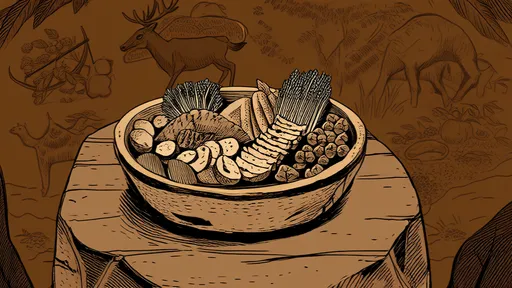
By /Jul 14, 2025

By /Jul 14, 2025